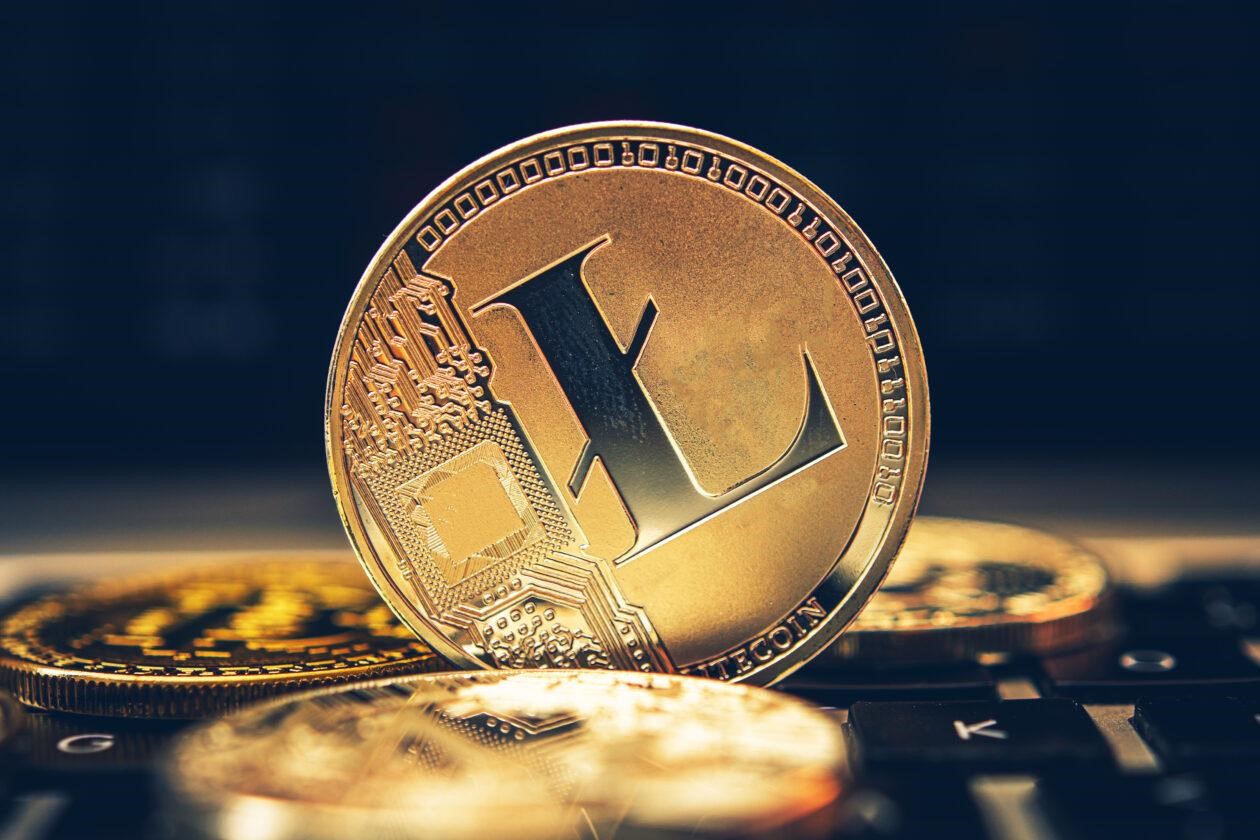
Understanding Litecoin: The Silver to Bitcoin's Gold
Litecoin (LTC) is one of the oldest cryptocurrencies that has been around and gained significant market standing. Launched by Charlie Lee in 2011, Litecoin is a Bitcoin spin-off that aims at fixing its perceived problems while offering users improved performance for everyday micropayments. Here is a closer look at what mostly sets Litecoin apart and why it still enjoys a rather healthy demand among crypto enthusiasts.
Origins and Purpose
● Creator: Founded by Charlie Lee, Litecoin is a ‘lite’ version of Bitcoin, and the creator is an ex-Google employee and former Director of Engineering at Coinbase.
● Launch Date: Litecoin was created on October 13th, 2011.
● Purpose: The first objective was to develop a cryptocurrency that could process more transactions within a given time and hence be more useful for daily use.
Key Features of Litecoin
● Faster Transaction Times
○ Block Generation: Litecoin generates a new block every 2.5 minutes, compared to Bitcoin’s 10 minutes. This leads to faster confirmation of transactions, which in turn makes it more feasible for daily purchases.
● Scrypt Algorithm
○ Mining: Litecoin employs the Scrypt hash function which was initially more favorable for miners with consumer-grade equipment. Although specialized hardware for mining Scrypt has been invented in the form of ASICs, it is still effective in decentralizing mining.
● Increased Supply
○ Total Supply: The total number of Litecoins that can be produced is 84 million, while for Bitcoin this value is 21 million, four times less. This higher supply is intended to make Litecoin more appropriate for micropayments and generally usable.
● Lower Transaction Fees
○ Cost Efficiency: Overall, Litecoin is cheaper than Bitcoin since it requires lower fees for transactions and is suitable for microtransactions.
● Active Development Community
○ Continuous Improvement: Litecoin has a strong development community focusing on the improvement of the network and its daily functioning. This includes bug fixes, new feature releases, and maintenance of the security and stability of the network.
Use Cases for Litecoin
● Everyday Transactions: Among all the cryptocurrencies, Litecoin is favorable for daily shopping because of its brief confirmation time and low commission charges.
● Remittances: Because Litecoin is an efficient cryptocurrency, it is ideal for transferring digital money across borders within the shortest time possible and at a negligible transaction cost.
● Investment: One of the reasons that Litecoin is still prevalent among many investors’ portfolios is the belief that its acceptance will continue to rise in the near future.
Recent Developments
● MimbleWimble Implementation: Litecoin also recently added MimbleWimble as a privacy and scalability feature on the network. This puts Litecoin among a small number of coins that have implemented such high levels of privacy.
● Adoption and Partnerships: Litecoin remains highly active, with more businesses integrating LTC for payment, merchants and payment gateways, and various financial solutions.
Conclusion
Litecoin remains a stable and well-functioning cryptocurrency that differs from Bitcoin and is also called the 'silver' to Bitcoin’s ‘gold’. While having some characteristics that are less than those of Bitcoin, Litecoin has faster transactions, lower fees, and an enthusiastic community that supports its growth, making it suitable for use in micropayments and as a useful and valuable commodity in the crypto market. Litecoin thus continues to play an important role within the context of the expanding crypto space, given that it is both a usable and friendly digital asset.


Comments (0)
No comments yet. Be the first to comment!